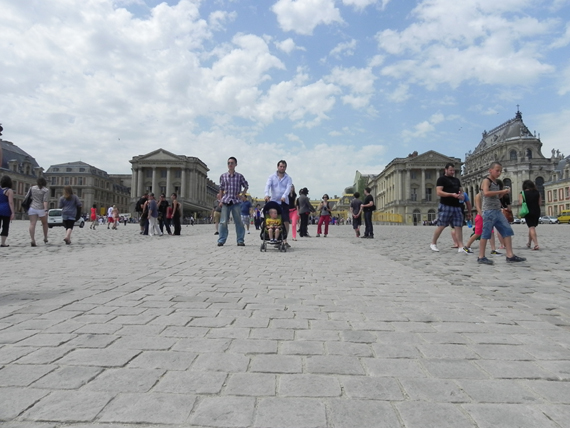Boston Architectural College : when access for all enhances heritage value
Before the start of the access works, Boston Architectural College had a separate entry for people with mobility difficulties, as access to the main entrance involved a flight of stairs. As the objective was to provide all users with the same entry, it proved necessary to remove the flight of stairs and to lower the height of the ground floor. The heritage preservation office first rejected this proposal, which was later lent support by evidence retrieved from archival research which showed that the building did not originally have a flight of stairs. The implementation of an accessible main entry thus engendered historic research, which in turn made it possible to restore the original lay-out of the building. The quest for quality of usage became thus a real lever for heritage restoration.
This archival image of Boston Architectural College shows the flight of stairs on the front facade before the works. Today there is a level entry, as in the past.



Château de Versailles : when quality of usage enhances architectural design
Before renovation, the immediate surroundings of the castle of Versailles were difficult to use for many people. Indeed, the pavement of the court presented highly worn joints and uneven pavement stones. Conservation work called for a solution, which preserves the heritage quality of the site while at the same time improving the ease and comfort of use for all. A design solution was developed which creates a central alley with even paving and joints. The axis suggested by the new alley enhances awareness of the symmetrical lay-out of the castle, while preserving the architectural unity of the court.
The central alleyway leading to the castle of Versailles with a view of the immediate surroundings.









Leave a Reply
Want to join the discussion?Feel free to contribute!